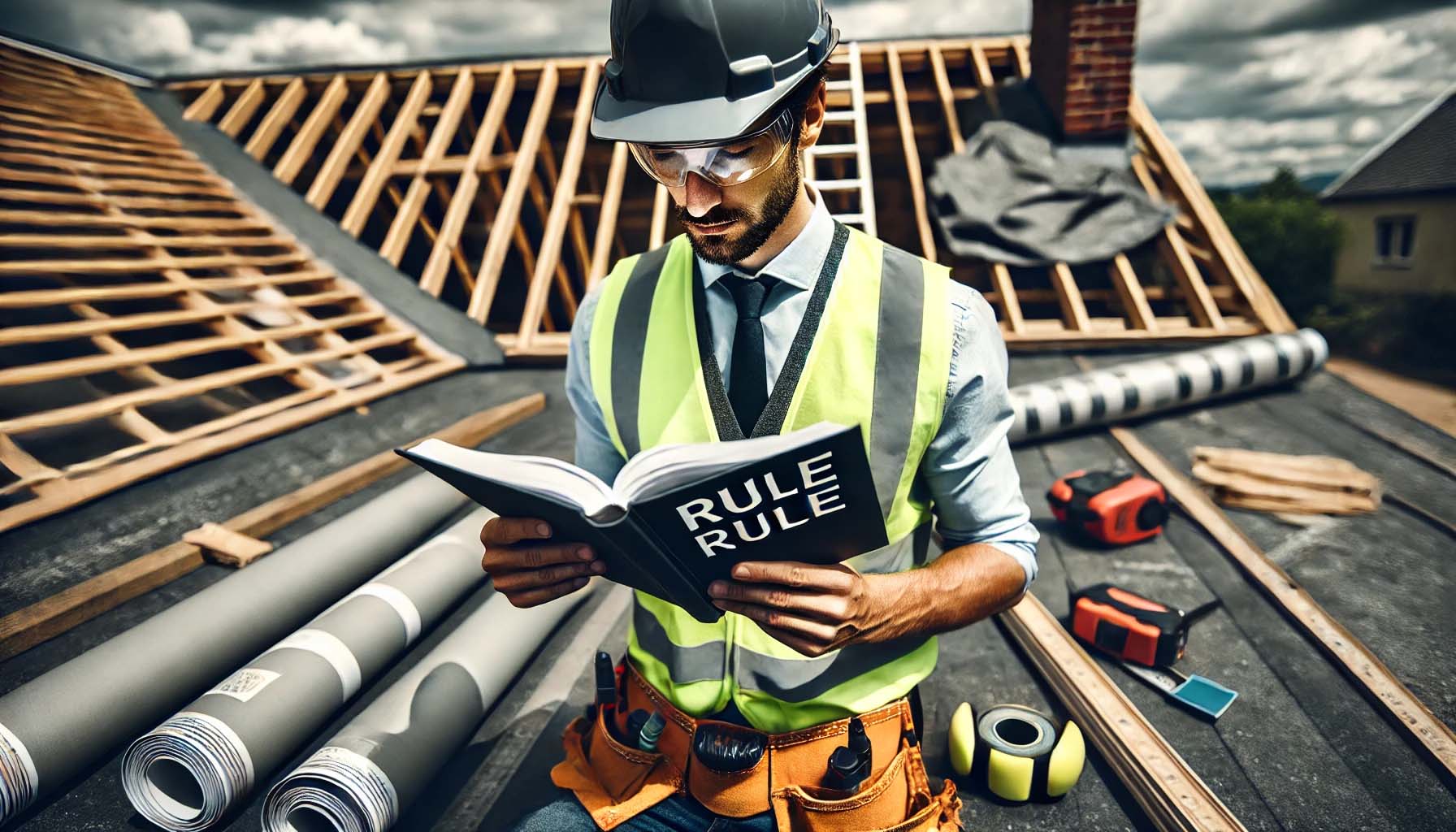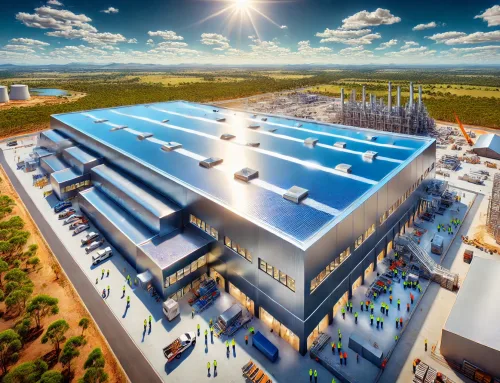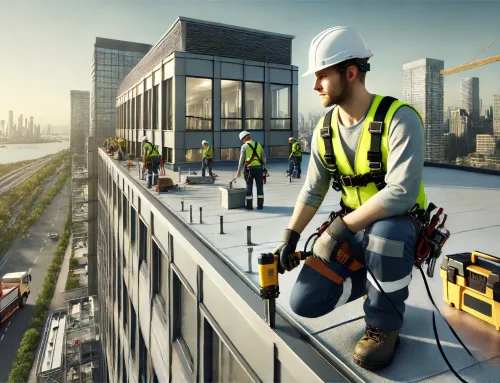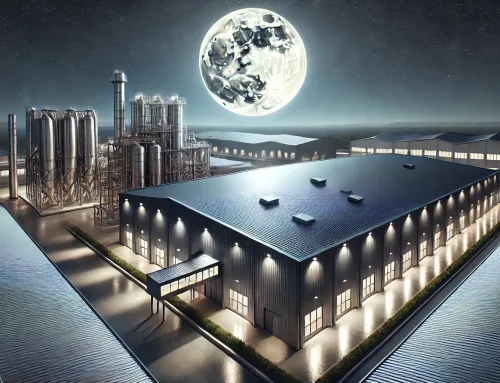Welcome to the ultimate guide to navigating building codes for commercial roofing in Brisbane. If you’re thinking about a new roof or refurbishing an old one, understanding the rules and regulations can feel like navigating a maze. But don’t worry, we’re here to make it a breeze. Sit back, relax, and let’s talk roofing with a touch of wit and wisdom.
Why Building Codes Matter
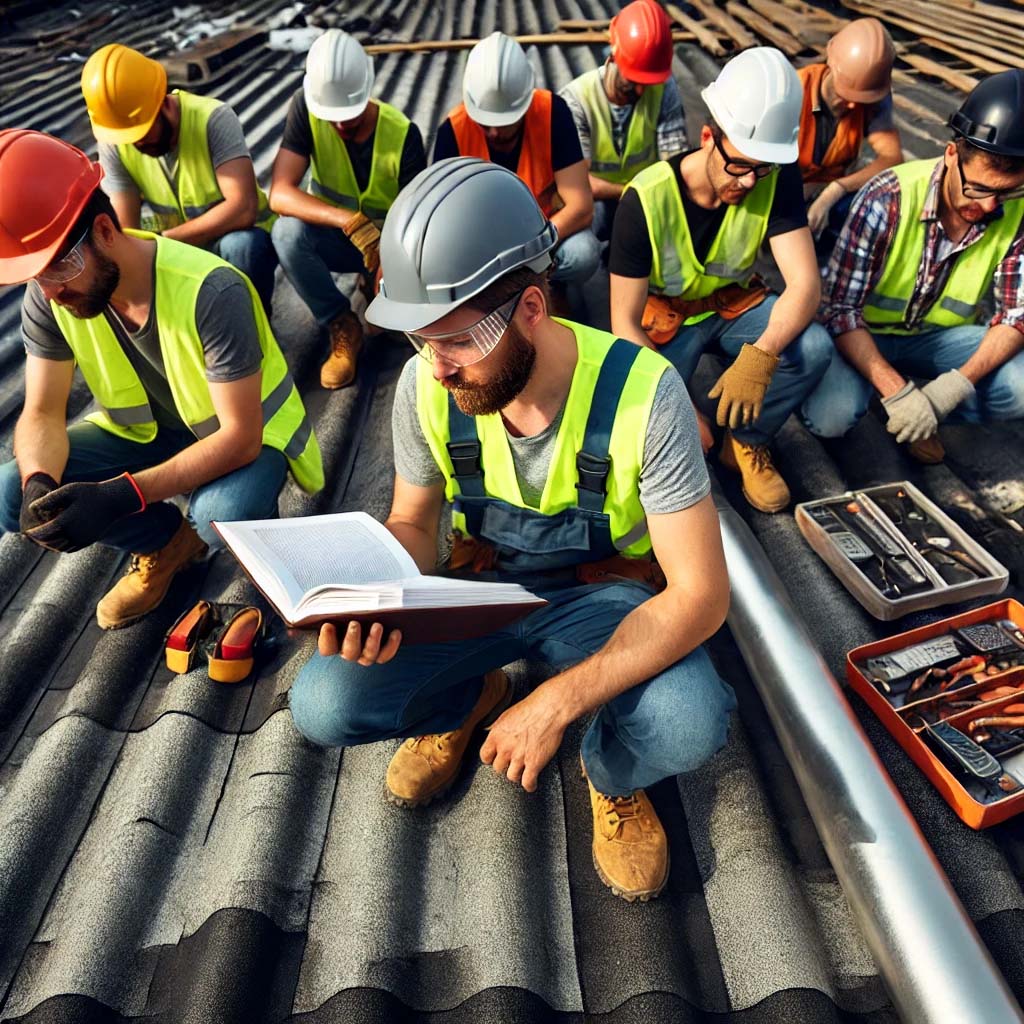 Building codes are like the unsung heroes of construction. They ensure your commercial property is safe, efficient, and up to scratch. Ignoring these codes? Well, that’s like trying to ride a bike with flat tires—you’re not going to get very far, and it’s going to be pretty uncomfortable.
Building codes are like the unsung heroes of construction. They ensure your commercial property is safe, efficient, and up to scratch. Ignoring these codes? Well, that’s like trying to ride a bike with flat tires—you’re not going to get very far, and it’s going to be pretty uncomfortable.
The Basics of Building Codes
Think of building codes as the rulebook for your construction project. These rules cover everything from the materials you can use to the way your roof should be installed. They’re designed to protect you, your employees, and anyone who visits your premises. That is why you should always choose trusted roofing professionals.
Key Aspects of Building Codes for Commercial Roofing
- Structural Integrity: Your roof needs to withstand Brisbane’s weather—everything from scorching summers to the occasional thunderstorm.
- Fire Safety: Materials and designs must minimise fire risks.
- Energy Efficiency: Regulations on insulation and ventilation ensure your building stays cool without cranking up the air conditioning.
- Accessibility: Compliance with disability access standards ensures everyone can enjoy your building.
The Roofing Code Alphabet Soup
Navigating building codes often feels like learning a new language. Here’s a handy glossary to get you started:
- NCC (National Construction Code): The bible of Australian building regulations.
- BCA (Building Code of Australia): Part of the NCC, focusing on construction standards.
- AS (Australian Standards): Detailed requirements for specific aspects of the building, like AS 1562 for roofing and cladding.
Common Roofing Code Violations (And How to Avoid Them)
It’s easy to make mistakes, but knowing the common pitfalls can save you time and money. Here are a few typical violations:
1. Improper Installation
Imagine putting together a piece of IKEA furniture without the manual. That’s what happens when roofs aren’t installed according to the codes. Incorrect installation can lead to leaks, structural damage, and more.
Solution: Always hire a professional roofing contractor who knows the codes inside and out.
2. Using Non-Compliant Materials
Using the wrong materials is like wearing flip-flops to a black-tie event—it’s just not going to fly. Non-compliant materials can compromise the safety and efficiency of your roof.
Solution: Ensure all materials meet the required Australian Standards (AS).
3. Inadequate Ventilation
Ventilation is key to preventing moisture buildup and maintaining energy efficiency. Skimping on ventilation can lead to mold growth and higher energy bills.
Solution: Plan for adequate ventilation as per the BCA guidelines.
A Table of Common Brisbane Roofing Materials and Their Compliance
| Material | Compliance Standard | Benefits |
|---|---|---|
| Colorbond Steel | AS 1397 | Durable, weather-resistant, aesthetic |
| Concrete Tiles | AS 2049 | Fire-resistant, long lifespan |
| Terracotta Tiles | AS 2049 | Durable, eco-friendly |
| Asphalt Shingles | Not standard in AU, AS 2049 for tiles | Cost-effective, variety of styles |
| Zincalume Steel | AS 1397 | Corrosion-resistant, lightweight |
The Role of Local Authorities
Your local council is your best friend when it comes to building codes. They’re there to help you navigate the requirements and ensure your project complies with all regulations.
Council Approvals and Permits
Before you start hammering away, make sure you have all necessary approvals and permits. This might include:
- Development Approval (DA): For significant changes or new constructions.
- Building Approval (BA): Ensures compliance with the BCA and local regulations.
Sustainability and Roofing Codes
In today’s world, sustainability is not just a buzzword—it’s a necessity. The BCA includes provisions to ensure new buildings meet energy efficiency standards.
Tips for a Sustainable Roof
- Use Reflective Materials: These help reduce heat absorption.
- Install Solar Panels: Take advantage of Brisbane’s sunny climate.
- Insulate Properly: Good insulation keeps your building cool in summer and warm in winter.
Future-Proofing Your Roof
Building codes are updated regularly to reflect new technologies and standards. Keeping your roof compliant means staying informed about these changes.
Keeping Up with Changes
- Subscribe to Updates: Follow local building authority newsletters.
- Regular Inspections: Have your roof inspected by professionals to ensure ongoing compliance.
- Engage with Experts: Attend workshops or seminars on building standards.
A Quick Checklist for Compliance
Here’s a handy checklist to keep you on track:
- Hire a licensed roofing contractor.
- Use compliant materials.
- Ensure proper ventilation.
- Obtain all necessary permits.
- Follow Australian Standards for installation.
- Incorporate sustainability practices.
- Stay updated with changes in building codes.
Final Thoughts
Navigating building codes might seem daunting, but with the right guidance, it’s manageable. Think of it as a necessary step to ensure the safety, efficiency, and longevity of your commercial roof. By adhering to these codes, you’re not just building a roof—you’re building peace of mind.
Remember, the roof over your head is one of the most important parts of your building. Treat it with the respect it deserves, and it will serve you well for years to come.
And if all else fails, just think of building codes as a quirky challenge designed to keep you on your toes. Because, let’s face it, who doesn’t love a good challenge?

